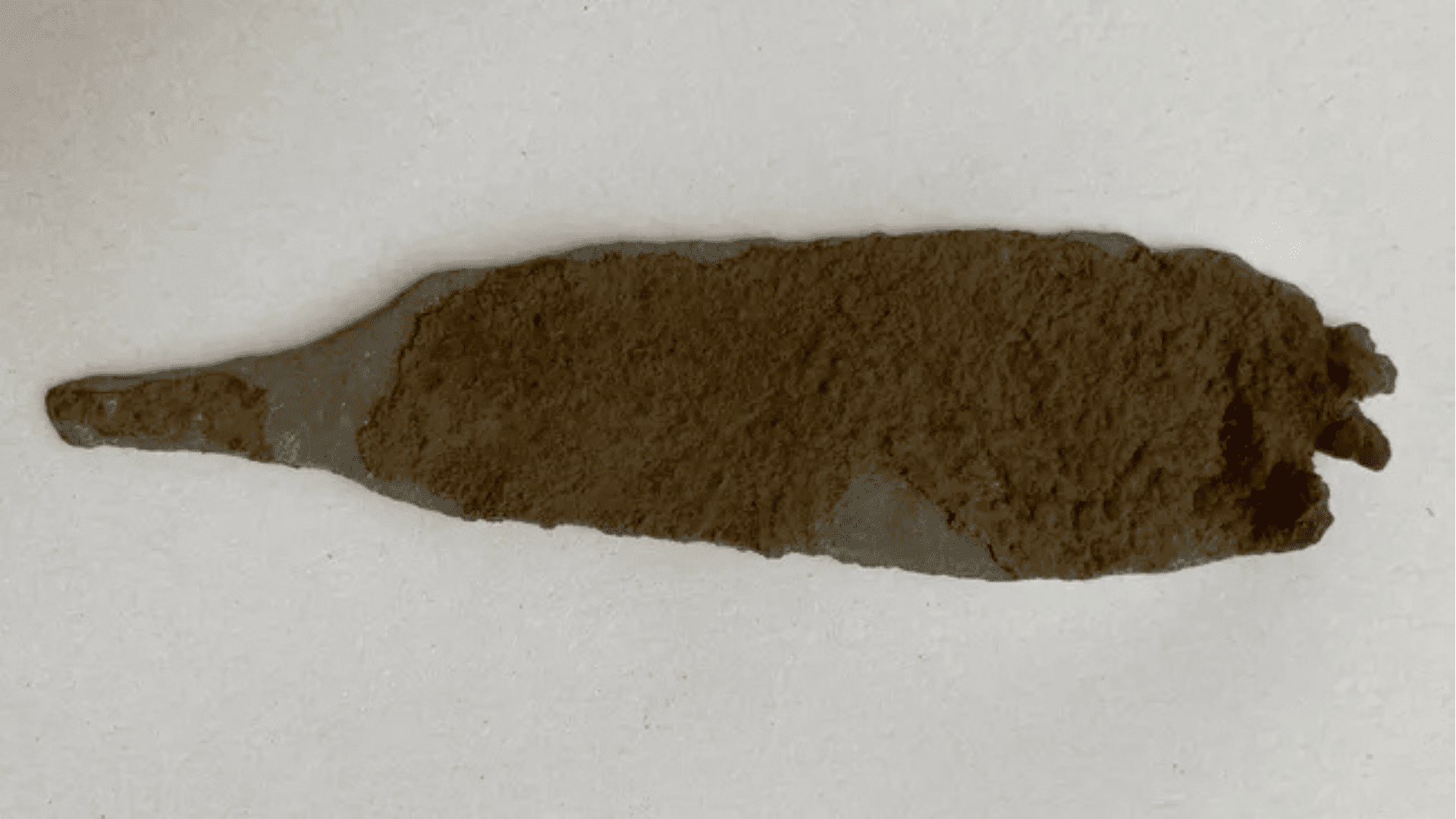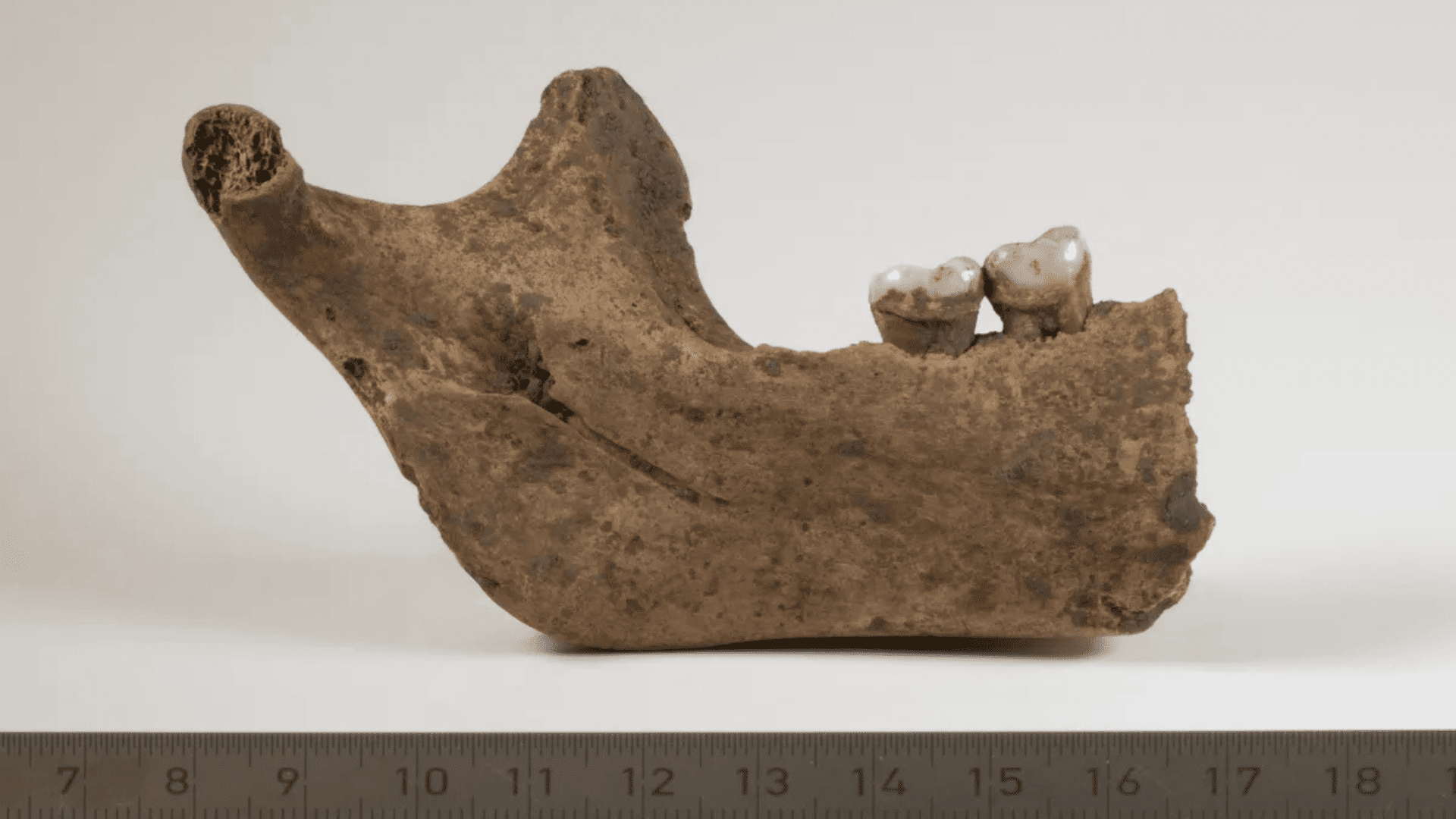A flash of copper caught the eyes of a team of archeologists deep in an Italian cave. To their surprise, they unearthed a rare, 4,000-year-old dagger. The team says it’s clear that the cave was used as a burial site, but it holds more ancient remains.
Ancient Dagger

Finding the ancient copper dagger was not part of the original plans, but it was a pleasant surprise for the archeologists. “The moment we discovered the dagger was unforgettable,” archeologist Federico Bernardini told Live Science. We could hardly believe it—finding metal artifacts, especially a dagger, was completely unexpected in this context.”
A burial site, or even a shelter, in a deep cave, was common during the Copper or Bronze Age, which the dagger dates back to. However, finding such a rare artifact like this is not as common. Bernardini says artifacts like the dagger are usually discovered in places of worship. A flash of copper caught their eyes as they dug into the final soil layers, and they immediately recognized the significance, Bernardini added.
The dagger is one of several artifacts dug up in the Tina Jama Cave along Italy’s northeastern border with Slovenia. Archeologists unearthed these artifacts in an area of exposed and withered limestone called the “Karst Plateau.” The dagger and other ancient artifacts will help pinpoint the “age and technological skills” of the cave’s occupants from 9,000 to 4,000 years ago.
“The investigations are still ongoing, but they are allowing us to gather valuable data to reconstruct the area’s prehistory,” Bernardini said.
Other Mysteries

The team discovered another mystery deep within the cave. A strange structure apparently closed the entrance with stone and blocks. The archeologists believe it dates back to between 2000 and 1500 B.C., 500 years after the dagger was placed there. They’re unsure of the structure’s purpose. One theory is that it was intended to block a cold wind blowing in that region yearly. However, they also think it was related to burials in the cave because they also found human skull fragments.
“The skull fragments indicate that the cave was used as a burial place at certain times, though we need to wait for radiocarbon dating to better understand their chronology and possible connection with the stone structure,” Bernardini said.
Among the findings was a hearth, essentially a fireplace that seems to be older than the structure they discovered. Bernardini says that it suggests that groups of people used it as an entrance before they built the stone structure that blocked it. He said, “Based on part three findings, these groups seem to be associated with the Cetina culture from the Dalmatian region in modern-day Croatia.”




